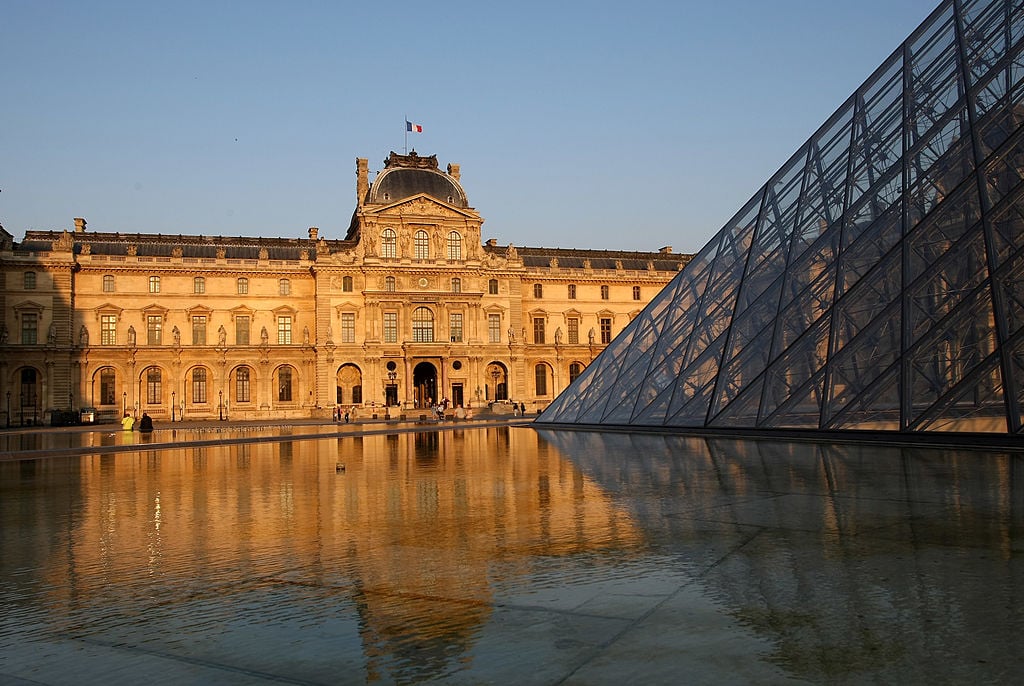
Which museums draw the biggest crowds? The Art Newspaper revealed the answer to this question and other pressing ones in its annual exhibition and museum attendance survey.
According to the statistics—which each institution supplied to the magazine—the Louvre remained the world’s most-visited museum in 2015, attracting a staggering 8.6 million people and a hefty €15 general admission fee.
Not even the November terrorist attacks on the French capital could unseat the powerhouse museum from its place at the top. A dip in attendance by 600,000 visitors (compared to 2014’s numbers) was attributed to the tragedy, which resulted in the closure of several French museums and discouraged scores of tourists from visiting the city and its sites.
London’s British Museum, which is free, remained in second place, pulling in 6.8 million visitors last year, increasing its attendance by 100,000 visitors compared to 2014.
Strikes at London’s National Gallery, which led to partial closures, resulted in a decline in visitors and relegated the museum from third to fifth place. Leapfrogging the National Gallery, New York’s Metropolitan Museum drew in 6.5 million visitors, helping the venerable institution to jump to third place, and making it the most visited museum in the US.
Taiwan, Taipei City, National Palace Museum. Photo by Prisma by Dukas/UIG/ Getty Images.
Asia’s most popular institution, Taipei’s National Palace Museum, recorded 5.2 million attendances, with the majority of visitors making the trip from mainland China.
Meanwhile, London’s Tate Modern suffered a sharp decline in attendance. Drawing only 4.7 million visitors, almost 1 million attendances less than it recorded in 2014. It is noted, however, that the Tate Modern’s extension is likely to provide a significant boost to figures in 2016.
In terms of exhibitions the Art Newspaper reported that Matisse, Monet, and Picasso were all trumped by nine exhibitions at Taipei’s National Palace Museum. Over 12,000 visitors a day flocked to Asia’s most popular museum, while the remaining top performing global exhibitions were primarily driven by big-name loans from western institutions. An exhibition of Monet’s late works loaned from Paris’ Musée Marmottan Monet attracted 10,000 visitors a day to Tokyo’s Metropolitan Art Museum. Nearby, a show of depictions of everyday life with works by Vermeer, Rembrandt, and Titian, loaned from the Louvre, attracted 7,640 visitors daily to Tokyo’s National Art Center.
Benefitting from culturally similarity, a survey of Spanish artists including Picasso, Dalí and Miró loaned from Madrid’s Reina Sofia attracted scores of people to Rio de Janeiro’s Centro Cultural Banco do Brasil, the show tallied over 9,500 daily visitors. Meanwhile, over 1 million people saw a Brazilian tour of Kandinsky’s works loaned from the State Russian Museum in St Petersburg, which was exhibited in Brasilia, Rio de Janeiro, São Paulo, and Belo Horizonte.
The exterior of the Metropolitan Museum of Art in Manhattan. Photo by Lorina Capitulo/Newsday RM via Getty Images.
The biggest surprise is undoubtedly the success of British artist David Shrigley. The artist’s exhibition at Melbourne’s NGV International museum tallied a stunning 5,602 daily visitors. He eclipsed Jeff Koons, whose shows at the the Guggenheim Bilbao and Centre Pompidou attracted 5,182 and 5,000 visitors, respectively; and Ai Weiwei, whose exhibition at London’s Royal Academy brought in 4,300 visitors a day.